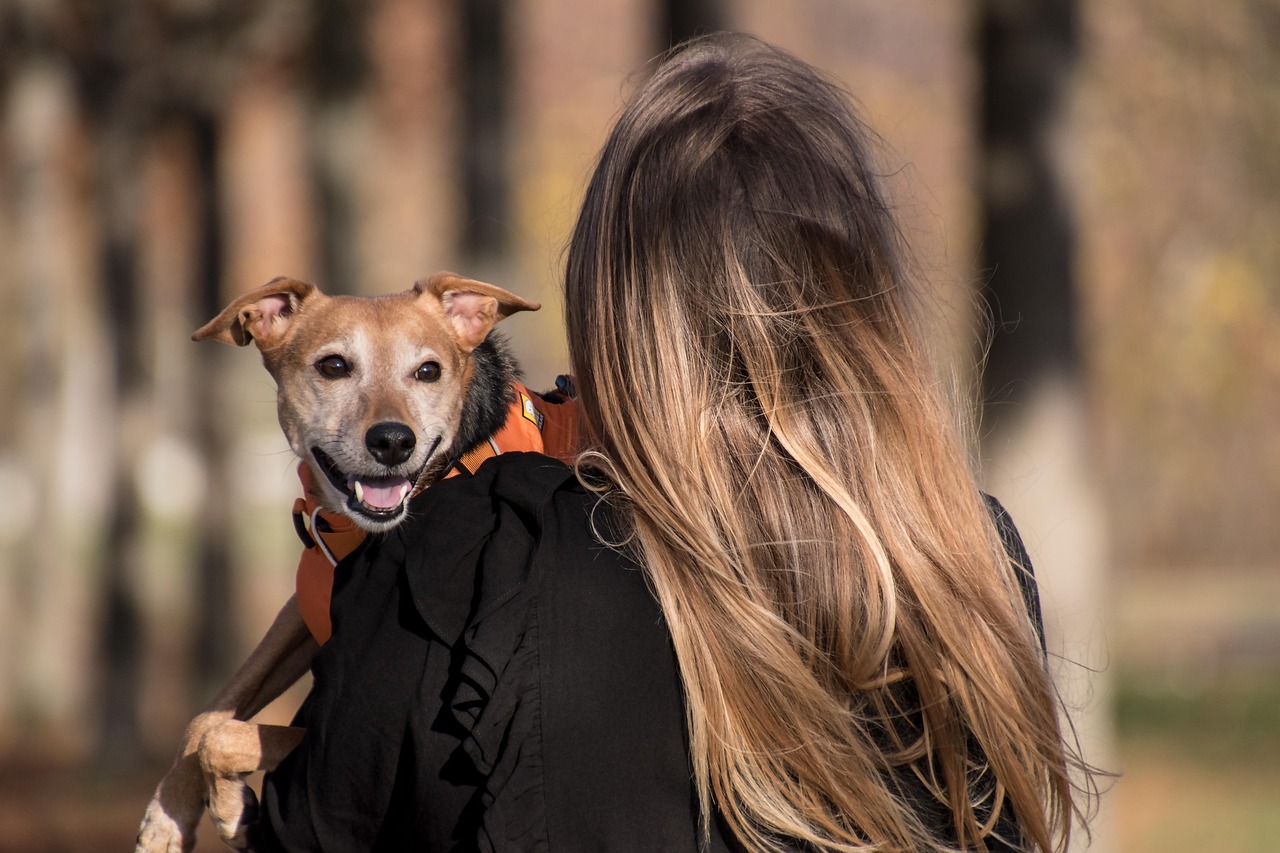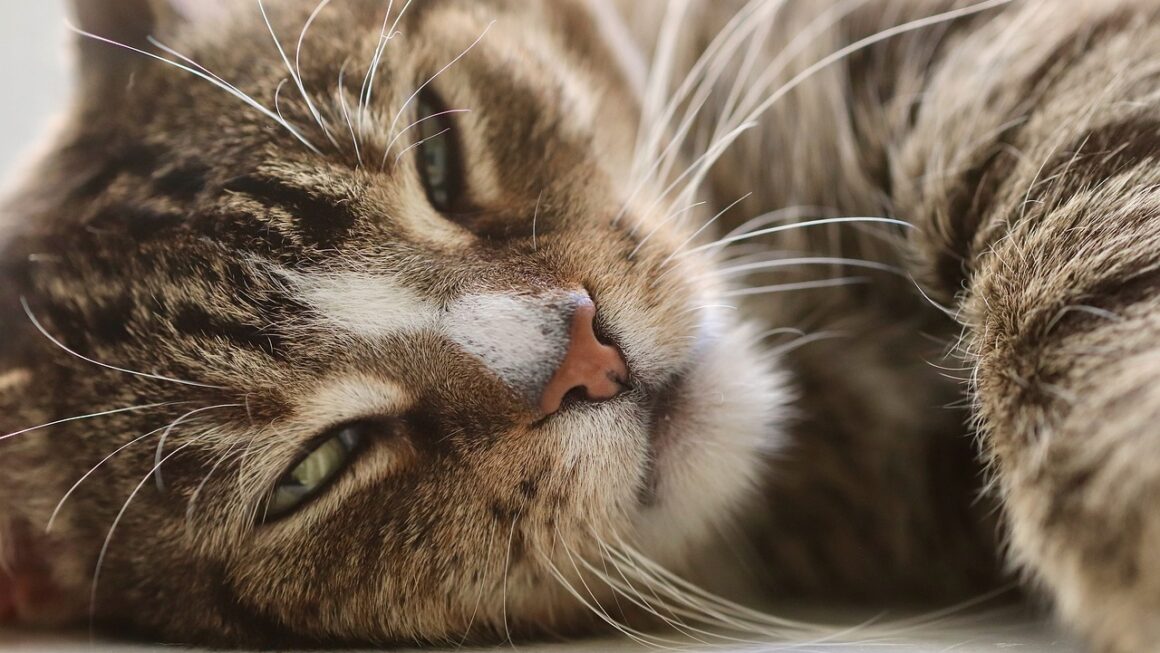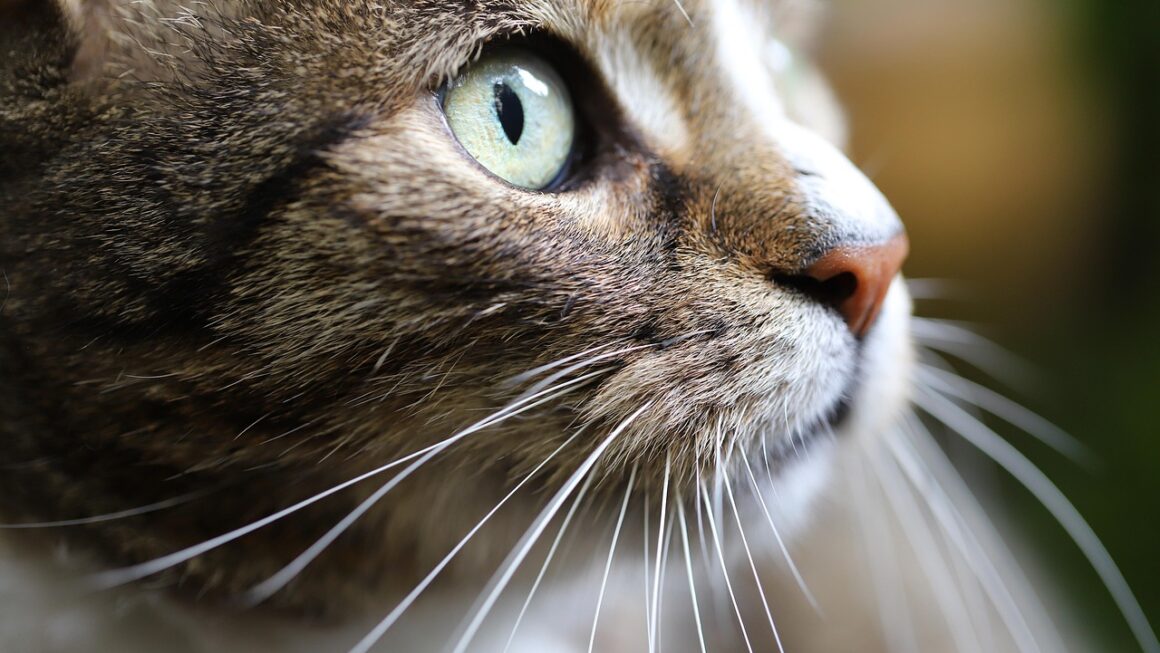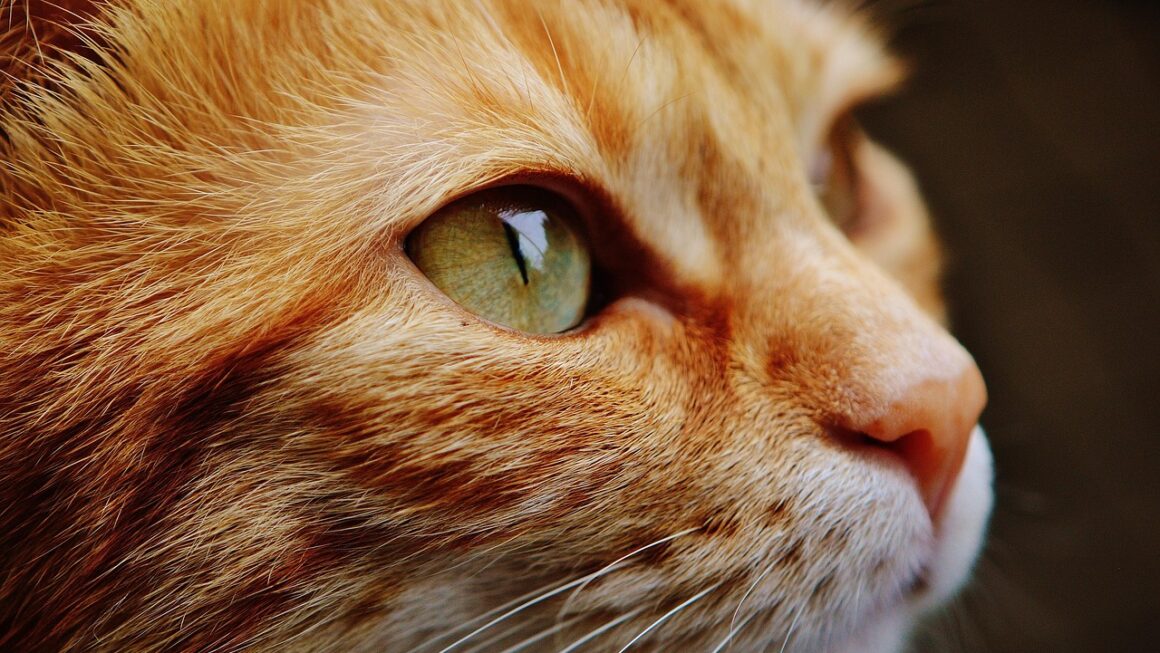Pet ownership brings immense joy, but keeping your furry, feathered, or scaled companion happy and healthy requires more than just food and shelter. Engaging your pet in regular activities is crucial for their physical and mental well-being, strengthening your bond and preventing behavioral issues. From playful games to enriching experiences, exploring the world of pet activities unlocks a happier and healthier life for your beloved animal.
The Importance of Pet Activities
Engaging in regular activities with your pet offers a multitude of benefits. It’s not just about fun and games; it’s about their overall quality of life.
Physical Health Benefits
- Weight Management: Activities like walking, running, and playing fetch help burn calories and maintain a healthy weight, reducing the risk of obesity-related health problems like diabetes and arthritis. According to the Association for Pet Obesity Prevention, an estimated 59.5% of cats and 55.8% of dogs in the United States are overweight or obese. Regular exercise can combat this growing concern.
- Improved Cardiovascular Health: Exercise strengthens the heart and improves blood circulation, reducing the risk of heart disease.
- Stronger Muscles and Bones: Activities that involve movement and weight-bearing help build and maintain muscle mass and bone density, particularly important for senior pets.
- Increased Endurance: Regular activity gradually increases your pet’s stamina and endurance, allowing them to participate in more activities and enjoy life to the fullest.
Mental Health Benefits
- Reduces Boredom and Anxiety: Lack of mental stimulation can lead to boredom, anxiety, and destructive behaviors. Activities provide mental enrichment and keep your pet engaged, preventing these issues.
- Stimulates the Mind: Games, puzzles, and training exercises challenge your pet’s cognitive abilities and keep their minds sharp.
- Improves Mood: Physical activity releases endorphins, which have mood-boosting effects, making your pet happier and more relaxed.
- Strengthens the Bond: Participating in activities together strengthens the bond between you and your pet, fostering a deeper connection and trust.
Fun Activities for Dogs
Dogs thrive on physical and mental stimulation. Their boundless energy needs an outlet, and engaging in activities is essential for their well-being.
Walks and Runs
- Daily Walks: A daily walk is a fundamental activity for dogs, providing exercise, mental stimulation through new sights and smells, and socialization opportunities. Vary the route to keep things interesting.
- Running: For high-energy dogs, running is a great way to burn off excess energy. Consider using a hands-free leash for a more comfortable experience.
- Hiking: Exploring nature trails provides both physical and mental challenges. Be sure to bring water and snacks for both you and your dog, and check for any trail restrictions.
Games and Training
- Fetch: A classic game that provides excellent exercise and mental stimulation. Vary the throwing distance and use different types of balls to keep it engaging.
- Tug-of-War: A fun game that builds strength and provides mental stimulation. Establish clear rules to prevent possessive aggression.
- Agility Training: Agility courses provide a challenging and rewarding activity for dogs. Consider enrolling in a class or setting up a simple course in your backyard.
- Obedience Training: Training sessions are a great way to reinforce good behavior and strengthen the bond between you and your dog. Even short, consistent training sessions can make a big difference.
Socialization
- Dog Parks: Dog parks offer a safe and supervised environment for dogs to socialize and play with each other. Ensure your dog is properly vaccinated and has good recall before visiting a dog park.
- Playdates: Arranging playdates with other dogs can provide socialization opportunities in a more controlled environment.
- Group Walks: Joining a group walk with other dog owners can be a fun way to socialize your dog and meet new people.
Engaging Activities for Cats
Cats, despite their reputation for independence, also benefit from regular activities. Providing mental and physical stimulation is crucial for their well-being and can help prevent boredom and destructive behaviors.
Playtime
- Interactive Toys: Laser pointers, feather wands, and toy mice are excellent interactive toys that encourage cats to chase, pounce, and stalk.
- Puzzle Feeders: Puzzle feeders challenge cats to solve problems to access their food, providing mental stimulation and slowing down eating.
- Cat Trees: Cat trees provide climbing opportunities and a high vantage point, satisfying a cat’s natural instincts.
Environmental Enrichment
- Window Perches: Cats love to watch the outside world, so providing a window perch allows them to observe birds, squirrels, and other activity.
- Scratching Posts: Scratching is a natural behavior for cats, so providing scratching posts allows them to satisfy this urge without damaging furniture.
- Hiding Places: Cats need safe places to retreat and feel secure. Provide boxes, tunnels, or other hiding places where they can relax and de-stress.
Training and Bonding
- Clicker Training: Cats can be trained using clicker training techniques. Start with simple behaviors like sitting or coming when called, and gradually increase the complexity.
- Grooming Sessions: Regular grooming sessions provide physical contact and strengthen the bond between you and your cat.
- Lap Time: Simply spending time with your cat on your lap can be a relaxing and rewarding experience for both of you.
Activities for Small Animals (Rabbits, Guinea Pigs, Hamsters)
Small animals also require enrichment and activities to thrive. Their needs vary depending on the species, but providing opportunities for exercise, exploration, and mental stimulation is essential.
Rabbits
- Playpens: Provide a spacious playpen for rabbits to hop, run, and explore.
- Tunnels and Hideaways: Rabbits enjoy tunnels and hideaways where they can feel safe and secure.
- Chew Toys: Rabbits need to chew to keep their teeth healthy. Provide a variety of chew toys made from safe materials.
- Foraging Activities: Scatter food around the enclosure or hide it in toys to encourage foraging behavior.
Guinea Pigs
- Floor Time: Allow guinea pigs supervised floor time outside their cage to explore and exercise.
- Tunnels and Hideaways: Guinea pigs enjoy tunnels and hideaways where they can feel safe and secure.
- Chew Toys: Provide chew toys to help keep their teeth healthy.
- Social Interaction: Guinea pigs are social animals and thrive when kept in pairs or small groups.
Hamsters
- Running Wheels: Provide a running wheel to allow hamsters to exercise. Choose a solid surface wheel to prevent injuries.
- Tunnels and Mazes: Hamsters enjoy exploring tunnels and mazes.
- Chew Toys: Provide chew toys to help keep their teeth healthy.
- Sand Baths: Provide a sand bath for hamsters to groom themselves.
Activities for Birds
Birds are intelligent and social animals that require mental and physical stimulation to thrive. Providing a stimulating environment is crucial for their well-being.
Toys and Enrichment
- Puzzle Toys: Puzzle toys challenge birds to solve problems to access treats or food, providing mental stimulation.
- Foraging Toys: Foraging toys encourage birds to search for food, simulating their natural foraging behavior.
- Swinging Toys: Birds enjoy swinging, so provide a variety of swings in their cage.
- Shredding Toys: Shredding toys allow birds to satisfy their natural chewing and shredding instincts.
Training and Interaction
- Target Training: Train your bird to touch a target with their beak or foot using positive reinforcement.
- Step-Up Training: Teach your bird to step up onto your hand or a perch on command.
- Talking and Singing: Engage your bird in conversation by talking and singing to them.
- Out-of-Cage Time: Allow your bird supervised out-of-cage time to explore and interact with you.
Conclusion
Engaging in regular activities with your pet is essential for their physical and mental health, and is a key ingredient for a happy and fulfilling life together. By understanding your pet’s specific needs and preferences, you can create a tailored activity plan that benefits both of you. From simple walks and playtime to more challenging training and enrichment activities, the possibilities are endless. Prioritizing pet activities strengthens your bond, prevents behavioral issues, and unlocks a happier, healthier life for your beloved companion. Remember to always consult with your veterinarian to ensure the activities you choose are appropriate for your pet’s age, breed, and health condition.




